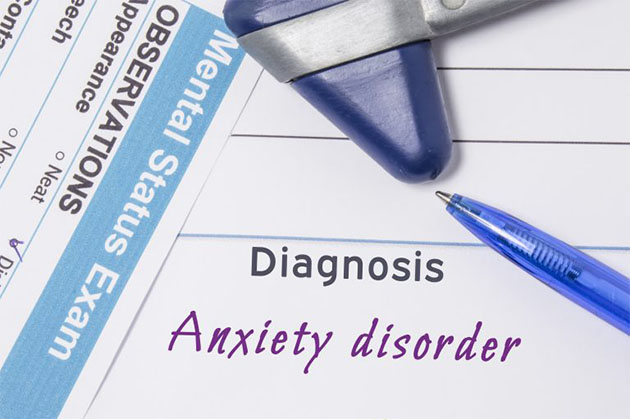Researchers have studied detailed effects of ‘pessimistic thinking’ which occurs in úzkost a deprese
Trpí jím více než 300 milionů a 260 milionů lidí na celém světě deprese a úzkost respectively. Many times, a person suffers from both these conditions. Psychiatric problems like depression and úzkost are devastating for patients and their families and they are extremely difficult to treat. Patients suffering from these neuropsychiatric disorders tend to experience a range of negative emotions and moods which makes them more pessimistic thereby making them focus more on the downside of any given situation. A specific personalised treatment can generally help patients alleviate some of the symptoms of these disorders. A type of psychotherapy – cognitive-behaviour therapy – is useful in curbing negative thoughts and emotions. Interpersonal therapy is also routinely used for better outcome for patients. Medications are also advised along with psychotherapy and sometimes interpersonal therapy.
Understanding the effects of depression and úzkost Poruchy
Ve studii publikované v Neuron scientists have studied how emotions are controlled by our brain. The main goal of researchers was to investigate if they could reproduce the effect on brain which happens to people suffering with depression, úzkost or other similar disorders. These patients have a highly negative thinking and they tend to place more weight on negative aspects and outcomes of any particular situation.
The group of researchers from MIT pinpointed a region in the brain which is linked to emotional decision making and is responsible for generating pessimistic moods. This region is called ‘caudate nucleus’ and when it is stimulated it leads to generation of negative moods and /or decisions. This study has been conducted in animals for now. The animal was seen to focus more on the negative drawbacks of situations and not on the benefits whenever this region was stimulated in their brain. This pessimistic decision-making continued for at least 24 hours after the first stimulation was performed. The same group of researchers had previously identified a neural circuit which is crucial for a type of decision making which is called as ‘approach-avoidance conflict’. Making such choices requires a person to weigh the positive as well as negative aspects of a situation and this involves high levels of úzkost and sometimes stress. This stress obviously then affects the decision-making process. Therefore, animals got influenced and they then chose a high-risk option under stress anticipating better payoffs.
Aby vědci provedli ověření, nabídli zvířatům odměnu (šťávu) spolu s nepřátelským stimulem (velký nádech vzduchu do obličeje) a poté stimulovali jejich kaudátní jádro malým elektrickým proudem. V každém pokusu byl použit jiný poměr ceny a bolesti k posouzení, zda zvířata přijmou nebo odmítnou. Toto je příklad rozhodování, které vyžaduje analýzu nákladů a přínosů. Bylo zajímavé vidět, že při každé stimulaci, kdy byl poměr nákladů a přínosů zkreslený, tj. větší náklady a menší přínos, zvířata začala odmítat kombinace, které dříve akceptovala. Toto pokračovalo až do 24 hodin po stimulaci. To znamenalo, že zvířata začala dříve znehodnocovat odměnu, po které toužila, a jejich zaměření se přesunulo více na část nákladů. Také na základě jejich přijetí nebo odmítnutí se jejich mozková aktivita v nucleus caudate změnila, kdykoli došlo k jakékoli změně ve vzoru jejich rozhodování. Proto tato změna „beta frekvence“ může sloužit jako biomarker pro zjištění, zda zvířata budou reagovat na konkrétní léky.
Regulace nálady
Researchers explained that some regions in the caudate nucleus are connected with the limbic system which is known to control a person’s mood. This system directs input to motor areas of the brain as well as the dopamine-producing regions. The authors concluded that maybe caudate nucleus was disrupting this dopamine activity. Therefore, even a slight change in our system could mean rapid change our behaviour. The findings in this study could help us understand depression and úzkost in detail which can then assist us to develop new effective ways of therapy.
***
{Původní výzkumný dokument si můžete přečíst kliknutím na odkaz DOI uvedený níže v seznamu citovaných zdrojů}
Zdroje)
Amemori K et al 2018. Striatální mikrostimulace indukuje perzistentní a opakující se negativní rozhodování predikované striatální beta-pásmovou oscilací. Neuron. https://doi.org/10.1016/j.neuron.2018.07.022
***






































